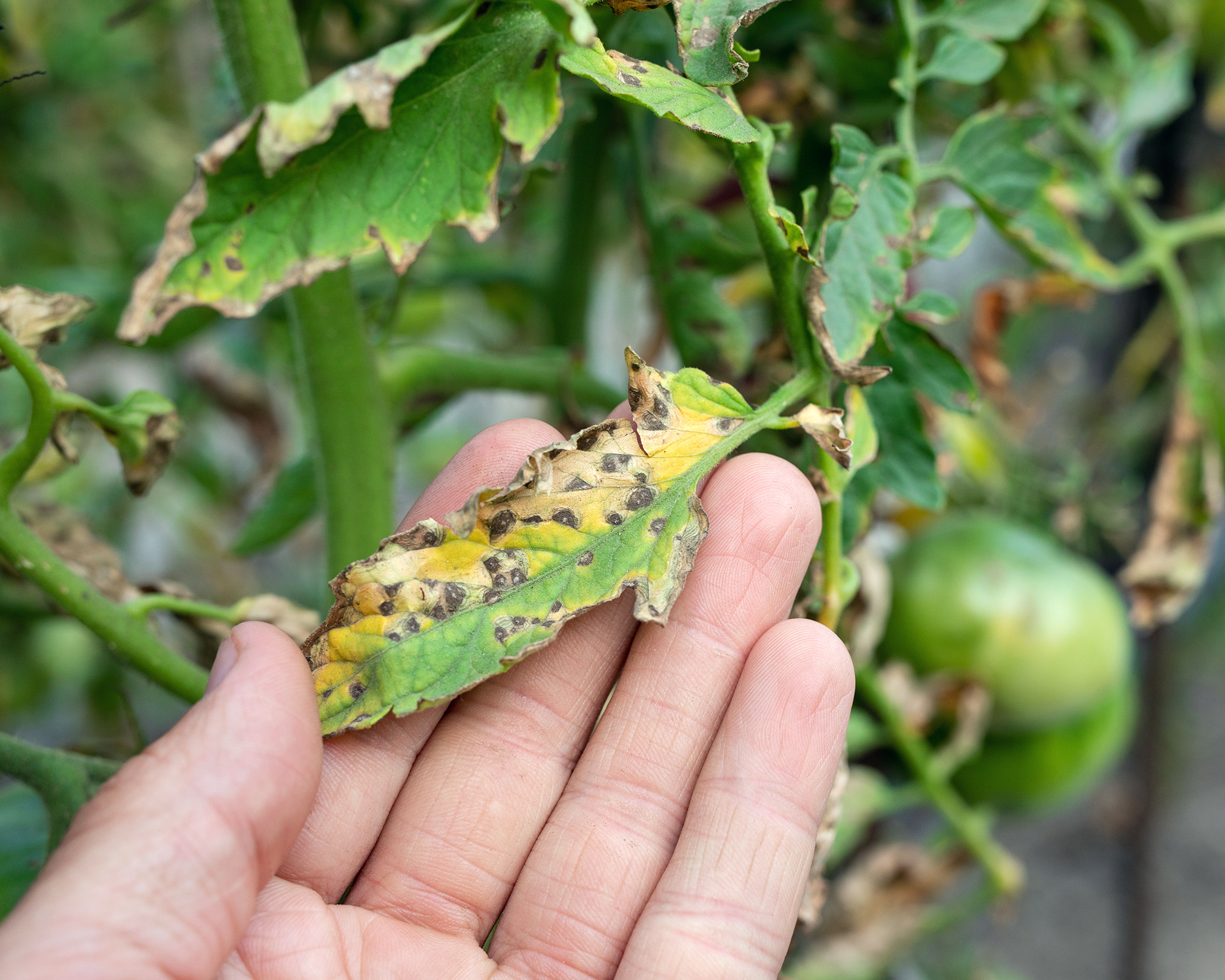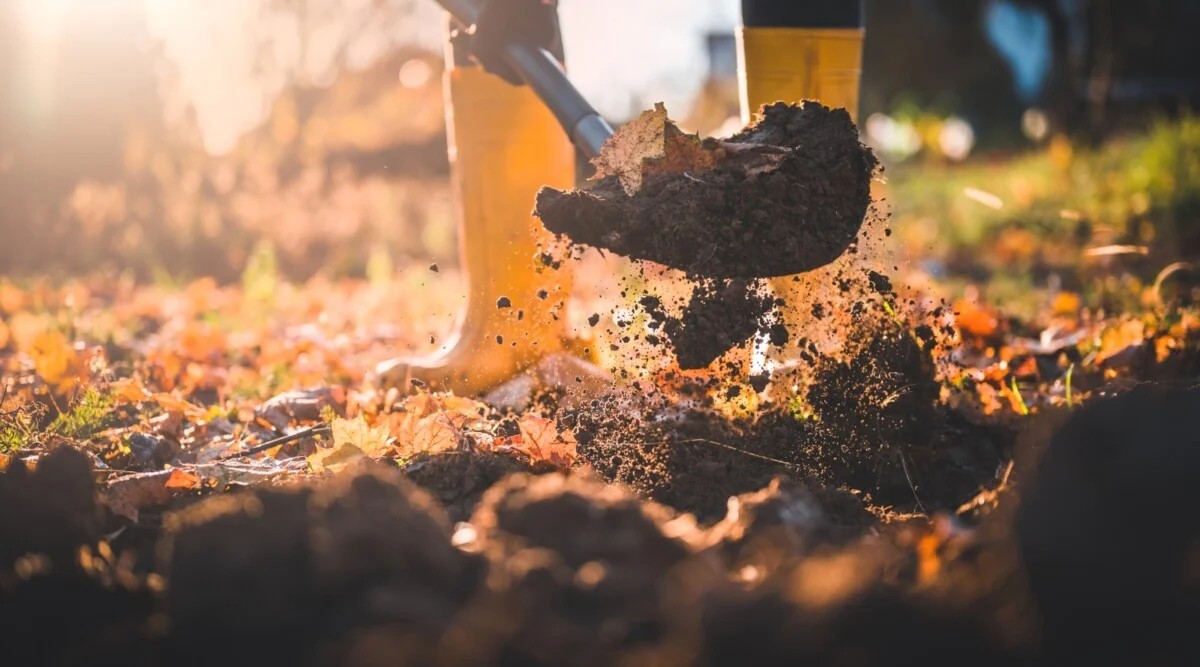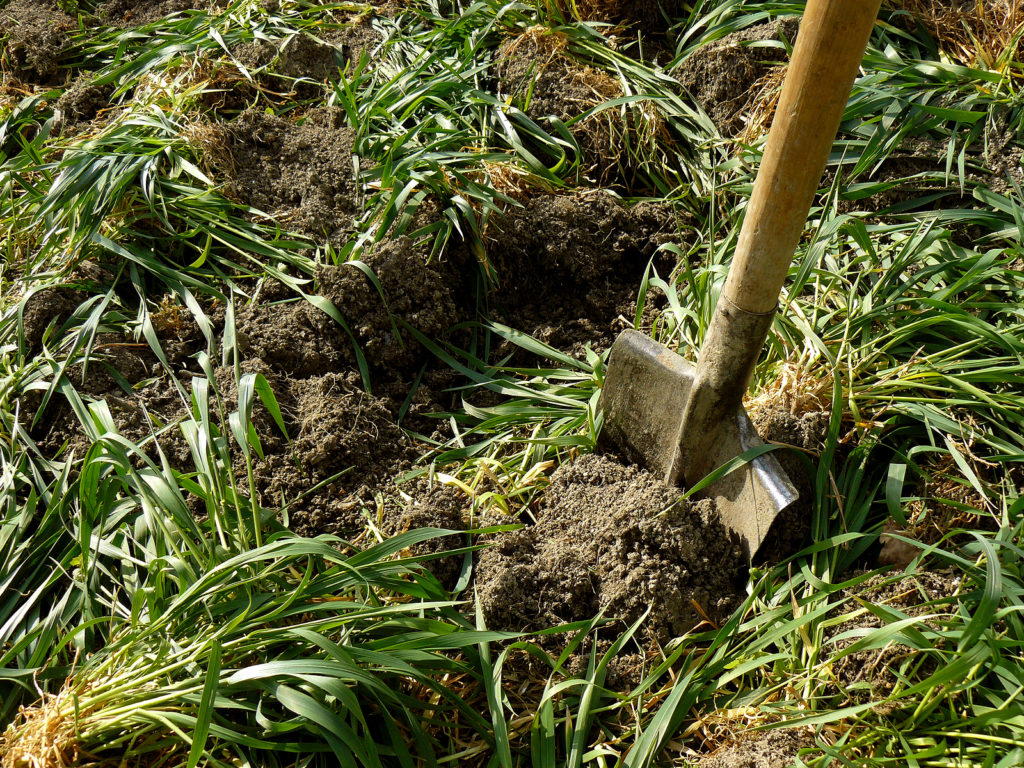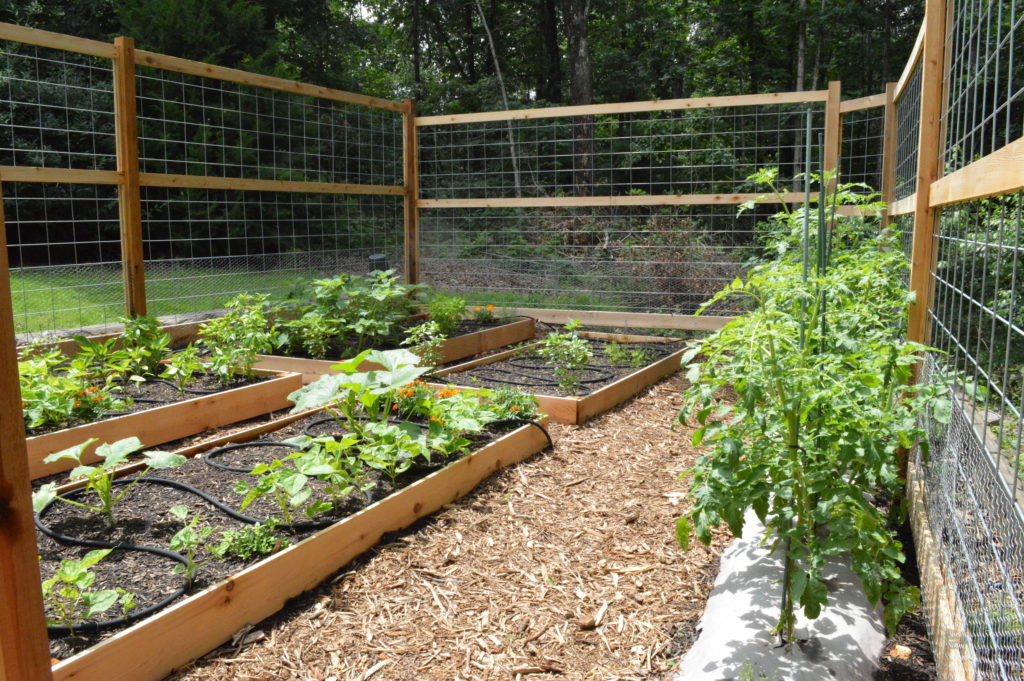Why Fall Prep Means a Stronger Spring
If you’ve spent all spring and summer nurturing your plants, fall can feel like a time to finally rest. But here in Vancouver where winter rains are heavy and the air stays damp, what you do right now determines how well your garden wakes up next spring.
I’ve seen countless gardens over my 25 years in landscaping go from thriving to struggling simply because the soil wasn’t prepared for winter. Whether you grow veggies in raised beds, flowers in containers, or a mix of both, this season is the time to protect your hard work.
At DH Garden Centre in Vancouver, we call it “putting the garden to bed.” Done right, it keeps your soil healthy, prevents erosion, and sets you up for earlier, stronger growth next year.

Step 1: Clear Out the Spent Plants – But Not Everything
Before you grab the shovel, pause. Not every plant should be pulled out.
Start by removing diseased, dead, or pest-infested plants – tomatoes hit by blight, powdery-mildew zucchinis, or yellowed basil stems. Leaving these in your raised beds can invite pests and disease overwinter. Compost only the healthy material.
However, leave behind healthy roots or beneficial cover. Some perennials and herbs – like thyme or chives actually help protect the soil structure during the cold months. Their roots stabilize the bed, while the remaining leaves act like a mini mulch layer.
Pro tip: If you’re unsure whether a plant is diseased, don’t compost it – bag it and dispose of it instead.

Step 2: Loosen and Feed the Soil
After a long growing season, your soil is tired. The roots have drawn nutrients, and repeated watering may have compacted the structure. This is the perfect time to refresh it.
-
Loosen the top 4 – 6 inches of soil gently with a fork—don’t overturn it completely. This aerates the bed without disturbing the deeper soil ecosystem.
-
Add organic matter. At DH Garden Centre, we always recommend local compost, worm castings, or organic manure. This not only replenishes nutrients but also improves water retention and drainage balance for Vancouver’s wet winters.
-
Sprinkle slow-release fertilizers (like Espoma’s Garden-Tone or Gaia Green All Purpose). These will break down gradually over the winter so nutrients are ready come spring.
Think of this as giving your soil a “winter meal.” It will digest slowly, storing energy for when the roots come back to life.

Step 3: Protect Against Vancouver’s Heavy Rain
If there’s one thing we all know living in BC, it’s the rain.
Rain nourishes the earth but too much of it can drown roots and wash away nutrients.
Here’s how to keep your raised beds and pots from turning into soggy messes:
-
Add a mulch layer. Use straw, shredded leaves, or even wood chips (available at DH Garden Centre). This layer acts as a blanket, preventing compaction and leaching.
-
Improve drainage. If your raised beds are older, check for clogged holes or collapsed corners. For containers, make sure each pot has proper drainage holes.
-
Avoid plastic coverings unless temperatures drop below -5 °C for extended periods. Plastic traps humidity and can promote rot. Instead, opt for breathable frost cloths or burlap wraps.
In Vancouver’s maritime climate (Zone 8), the challenge isn’t freezing soil—it’s keeping roots dry yet protected.

Step 4: Use Cover Crops or Green Manure
One of the best winter protection methods is nature’s own blanket – cover crops.
If you have empty raised beds, sow quick-growing plants such as:
-
Winter rye – builds soil structure.
-
Crimson clover – fixes nitrogen naturally.
-
Field peas – suppress weeds and feed the soil.
Come spring, simply cut them back and mix into the soil as “green manure.” You’ll be amazed at how rich and crumbly your earth becomes.
At DH Garden Centre, we always keep organic cover-crop seeds in stock through October and November—because we know Vancouver gardeners benefit most from planting them just before the first frost.

Step 5: Winterize Your Containers
Container plants need special attention—pots can freeze, crack, or leach nutrients quickly in the rain.
Here’s the DH Garden Centre method:
-
Move fragile pots under shelter (like under eaves, carports, or covered patios).
-
Elevate containers slightly on pot feet or bricks so water drains easily.
-
Wrap the sides of ceramic or terracotta pots with burlap or frost cloth if temperatures drop below -2 °C.
-
Reduce watering. Indoor or semi-outdoor containers rarely need daily moisture in winter. Only water when the top inch feels dry.
-
Feed lightly. A diluted organic liquid fertilizer once a month keeps houseplants and overwintering herbs content without forcing new growth.
Darrell’s tip: Never leave pots sitting directly on cold concrete—it draws heat away from the roots and causes stress.
Step 6: Clean and Store Your Tools & Supports
Winter prep isn’t only about the soil. A smart gardener knows the season of rest is also for resetting your gear.
-
Clean garden stakes, tomato cages, and trellises with a mild bleach solution.
-
Drain and store watering hoses indoors.
-
Oil wooden handles to prevent cracking.
It might sound small, but come spring, you’ll be grateful you took an afternoon now instead of spending days scrubbing rusty tools later.
Step 7: Think Ahead Plan Next Year’s Layout
Once your raised beds and containers are tucked in for winter, take a moment to dream.
Winter is planning season at DH Garden Centre. I often tell customers: “Next year’s success starts with this year’s reflection.”
Ask yourself:
-
Which crops thrived? Which struggled?
-
Did your soil drain well or stay soggy?
-
Do you want to rotate crops or try new bulbs or herbs next year?
Jot down your ideas in a small garden journal. By spring, those notes become your roadmap.

Step 8: Add Winter Interest to Your Garden
Even as the main beds rest, your space doesn’t have to look empty.
Add structure and subtle beauty to your winter garden:
-
Evergreen herbs like rosemary or sage in containers add scent and greenery.
-
Bulbs planted now—such as tulips, daffodils, and alliums—will peek through in early spring.
-
Ornamental grasses hold shape beautifully under frost.
DH Garden Centre carries cold-tolerant perennials and bulbs suited to Vancouver’s mild winter—perfect if you want to keep your space alive with texture and color.
Step 9: Protect Your Soil Microbes
Healthy soil teems with life, even when the garden looks asleep.
Bacteria, fungi, and worms keep working underground, breaking down organic matter and building structure.
To protect these unseen heroes:
-
Avoid tilling too deeply.
-
Keep your beds covered.
-
Use organic compost instead of synthetic fertilizers.
This helps preserve soil biodiversity—the foundation of every thriving garden.
Step 10: Don’t Forget the Indoor Greenery
While the outdoor beds rest, shift your energy indoors.
October and November are perfect for:
-
Propagating pothos or philodendron cuttings.
-
Cleaning dusty leaves on houseplants.
-
Rotating pots to balance sunlight from shorter days.
-
Checking for pests like fungus gnats or spider mites (common in winter).
Indoor plants help keep that connection to greenery alive through the rainy months—and they remind us why we garden in the first place.
Common Mistakes to Avoid
-
Leaving soil bare. Bare soil erodes and loses nutrients fast. Always cover it.
-
Over-watering winter containers. Less is more—rain and humidity are already high.
-
Using heavy plastic covers. They trap moisture, causing fungal growth.
-
Skipping compost. Fall composting is what powers next spring’s success.
As a small, family-owned garden centre in Vancouver, we understand the challenges of our unique coastal climate – mild yet endlessly wet.
We’ve helped homeowners, balcony gardeners, and local landscapers create sustainable gardens that thrive year-round. Whether you’re looking for organic compost, quality potting mix, frost cloths, or cover-crop seeds, we’ve got you covered.
Our team doesn’t just sell plants—we share the knowledge to make them flourish. So this fall, stop by and let’s prepare your garden, raised beds, and containers the DH Garden Centre way.
Every fall, as I watch the last leaves drop in Kitsilano, I’m reminded that gardening is a conversation with time.
When you cover your soil, feed it, and protect it, you’re saying: “Rest now, I’ll see you in spring.”
Because a well-prepared garden doesn’t sleep—it dreams.
And come March, when your garlic sprouts and your bulbs push through, you’ll be grateful you took this quiet moment to care.
Ready to prepare your raised beds and containers for winter?
Visit us at DH Garden Centre, 3742 West 10th Avenue, Vancouver BC, or shop online at dhgardencentre.com.
Let’s get your garden ready for a vibrant, healthy spring – together.


